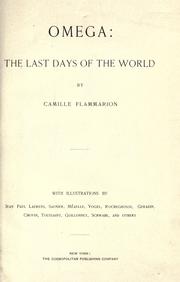[This is my sci-fi shelf. And yes, it is in chronological order]
I’ve talked about them all before, but these are the game-changers, the classics, the turning points- the top five science fiction novels from the 19th century you definitely need to read.
5. The Time Machine by H.G. Wells (1895)-
Do you love Doctor Who? Geek out over Back to the Future? Enjoy a good time travel episode of Star Trek or Stargate? Then you should read The Time Machine. While it’s not the first piece of time travel fiction, it defines the sub-genre in a way nothing else before it had. Have you ever referred to time as the fourth dimension? Just another contribution from H.G. Wells to society.
4. From the Earth to the Moon by Jules Verne (1865)-
There is no doubt that Jules Verne was a master of imaginative science fiction. His space adventure, De la terre à la lune, was not only uncannily close to actual moon landing events 100 years later, but it also inspired generations of writers, scientists, and visionaries to shoot for the moon. You’ll even find reference to this novel in the newly released Disney movie, Tomorrowland.
3. Frankenstein by Mary Shelley (1818)-
The one that started it all. This hybrid horror story was allegedly born on a dark and stormy night in the mind of an eighteen-year-old girl. It united mythology with science, and philosophy with electricity in a new and revolutionary way that has forever impacted literature and culture.
2. Dr. Jekyll and Mr. Hyde by Robert Louis Stevenson (1886)-
If any science fiction story can be called modern mythology, this one can. It has inspired countless copies, spinoffs, spoofs, and remakes, as well as retaining its distinction as an individual work of classic literature. Whether or not you enjoyed reading it in your literature class, you have probably enjoyed something that was inspired by it, such as the Star Trek episode, “The Enemy Within”.
1. The War of the Worlds by H.G. Wells (1898)-
Yes, he’s back again. The War of the Worlds has fascinated and frightened audiences from the beginning. Not only was it popular as a serial story, then as a complete novel, but it also made radio history when presented in Orson Welles’ legendary broadcast, and spawned several silver screen adaptations. If I say it is the quintessential alien invasion story one more time, will you guys be mad?
What are your favorite 19th century sci-fi stories? Which ones are you planning to pick up this summer? How have you enjoyed our trek through sci-fi history so far? I’d love to hear from you in the comments. Don’t forget to come back next Wednesday as we dive into a new century of science fiction!
Keep on glowing in the dark,
Elora


